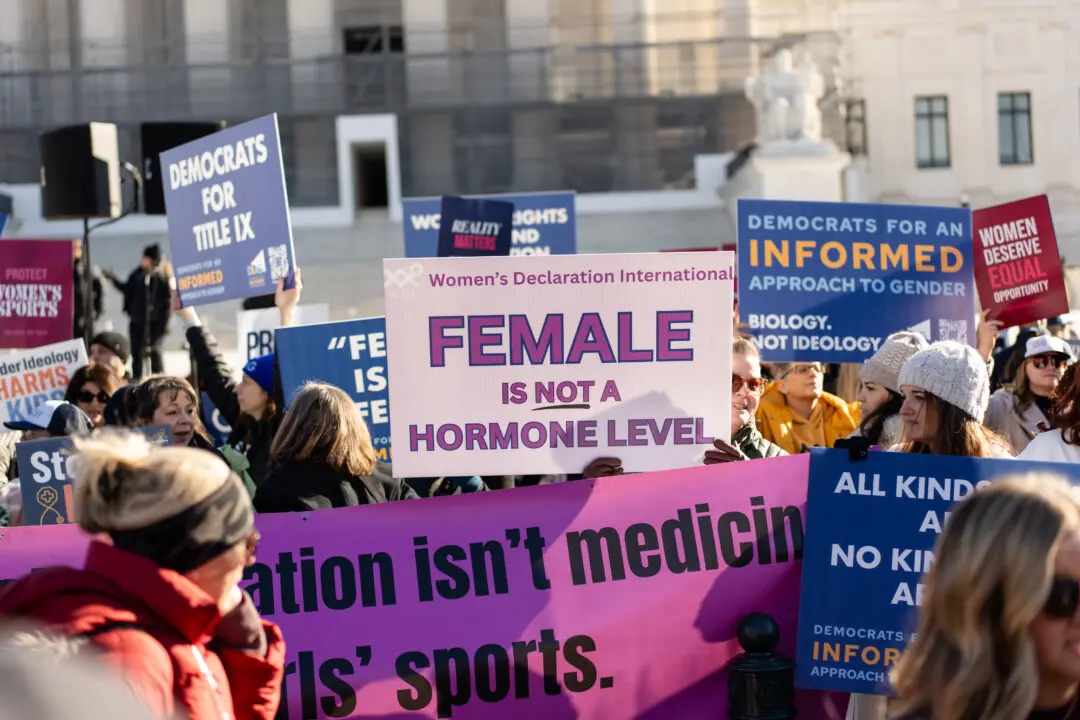Americans expect inflation to worsen in the coming months and have lower expectations regarding personal finances, indicating a dismal national economic outlook.
“Year-ahead inflation expectations rose from 3.2 percent last month to 4.2 percent this month, the highest reading since May 2023,” an Oct. 27 survey report by the University of Michigan states. Coinciding with the surge in inflation, consumer sentiment fell to 6 percent in October after two consecutive months of little change.





